

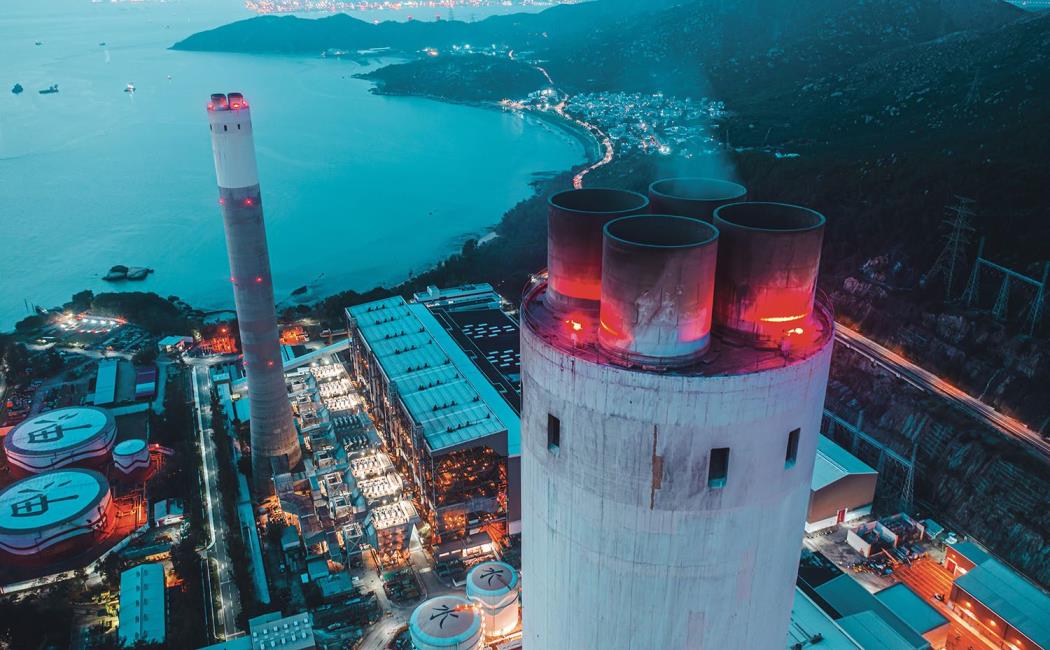
08 May, 2022
Originally published in AWE International Magazine
- by Dr. Aamir Farooq, Associate Professor of Mechanical Engineering at King Abdullah University of Science and Technology (KAUST)
Recent years have felt like one crisis has followed another. After two years of battling the Covid-19 pandemic, from which the global health and socioeconomic impacts are still being felt, the world is slipping deeper into a different kind of crisis that causes millions of deaths each year.
I am referring to air pollution. According to data from the World Health Organization1 (WHO), air pollution (both indoor and outdoor) kills around seven million people worldwide on an annual basis. Shockingly, almost the entire population of the planet (99%) breathes in air that exceeds WHO guideline limits.
This means that nearly everyone is exposed in some degree to high levels of air pollutants. Whether in the form of smog hanging over cities or smoke inside the home, air pollution poses a huge threat to our health, with the combined impact of outdoor and indoor polluted environments causing millions to die prematurely from causes such as stroke, heart disease, lung cancer, chronic obstructive pulmonary disease and acute respiratory infections.
The pandemic has shone a particularly bright spotlight on the latter. As scientists discovered more about how Covid-19 passed from human to human, it became increasingly clear that poor air quality helped to facilitate transmission of the virus. Moreover, studies from Imperial College2 in London have shown a link between long-term exposure to air pollution and severity of Covid-19 disease, and conclude that the role air pollution plays in infectious respiratory diseases has been overlooked and underestimated for too long.
Climate change also ties into the equation. Several studies, including those from the KAUST Clean Combustion Research Center, have identified links between extreme weather and air pollution3. Worryingly, our study showed that ozone levels are expected to exceed safe thresholds within the next 20 years due to increasing temperatures, which could carry serious implications for air quality in the decades ahead.
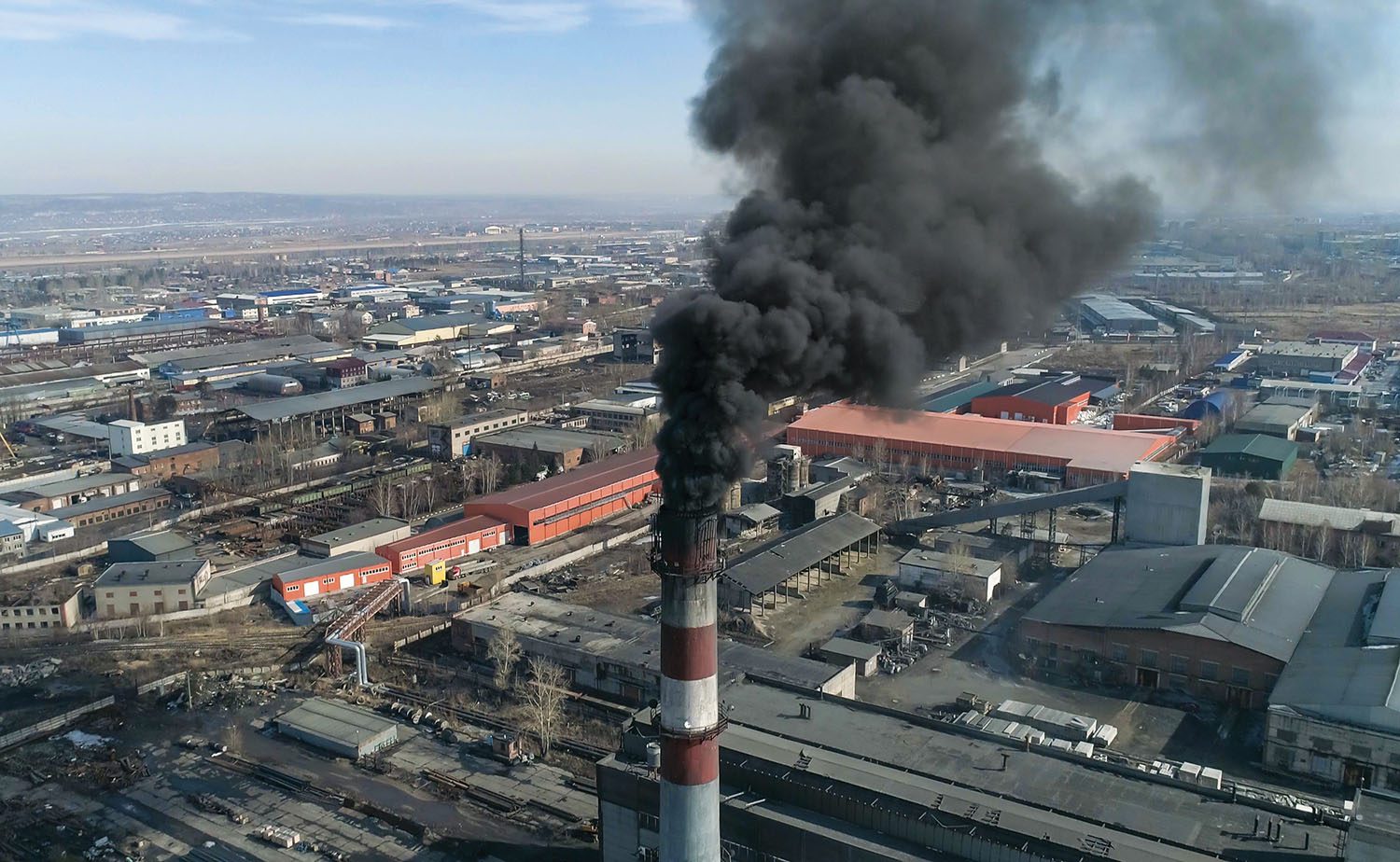
However, I am cautiously optimistic that the conversation around how we can live and work in cleaner air is gathering welcome momentum, and research institutions such as the Clean Combustion Research Center (CCRC) are determined to keep the issue of air quality high on the agenda, both here in Saudi Arabia and around the world. Indeed, our work has never carried more importance than it does at this current time.
I will summarise a few of the important recent developments at the CCRC.
In February 2021, we released a paper outlining our progress in developing a cavity-enhanced measuring solution to monitor levels of benzene.
Although not necessarily among the most well-known of air pollutants, benzene is found in air from various natural and anthropogenic emission sources, such as fires and volcanic emissions, gasoline service stations, vehicle exhausts, refineries and petrochemical processing facilities. In addition to being a common air pollutant, benzene also has the potential to contaminate water.
This means that workers across several professions are potentially exposed to high levels of the toxin. Some of these groups include employees at gasoline stations and petrochemical companies, drivers of gasoline delivery tankers, and automotive mechanics.
Benzene is also a key ingredient of many industrial processes, its usage posing a danger to the health of workers who are exposed to high concentrations on a daily basis. As part of our research for the paper, we came across reports that 184 people suffered from chronic benzene poisoning in a rubber coat manufacturing factory; 24 required hospital treatment, and two lost their lives.
Other industrial processes involving high concentrations of benzene include printing and the manufacturing of resins, plastics, drugs, detergents and other products. Meanwhile, burning biomass fuel for cooking has also been linked to premature deaths.
“being able to accurately measure and monitor benzene levels is critical to ensuring safe working and living conditions”
It is important to note that benzene is largely classified as a localised pollutant. Because most of the high-level conversation centers around global pollutants (such as CO2 and methane), attention around local pollutants tends to peak and dip in cycles.
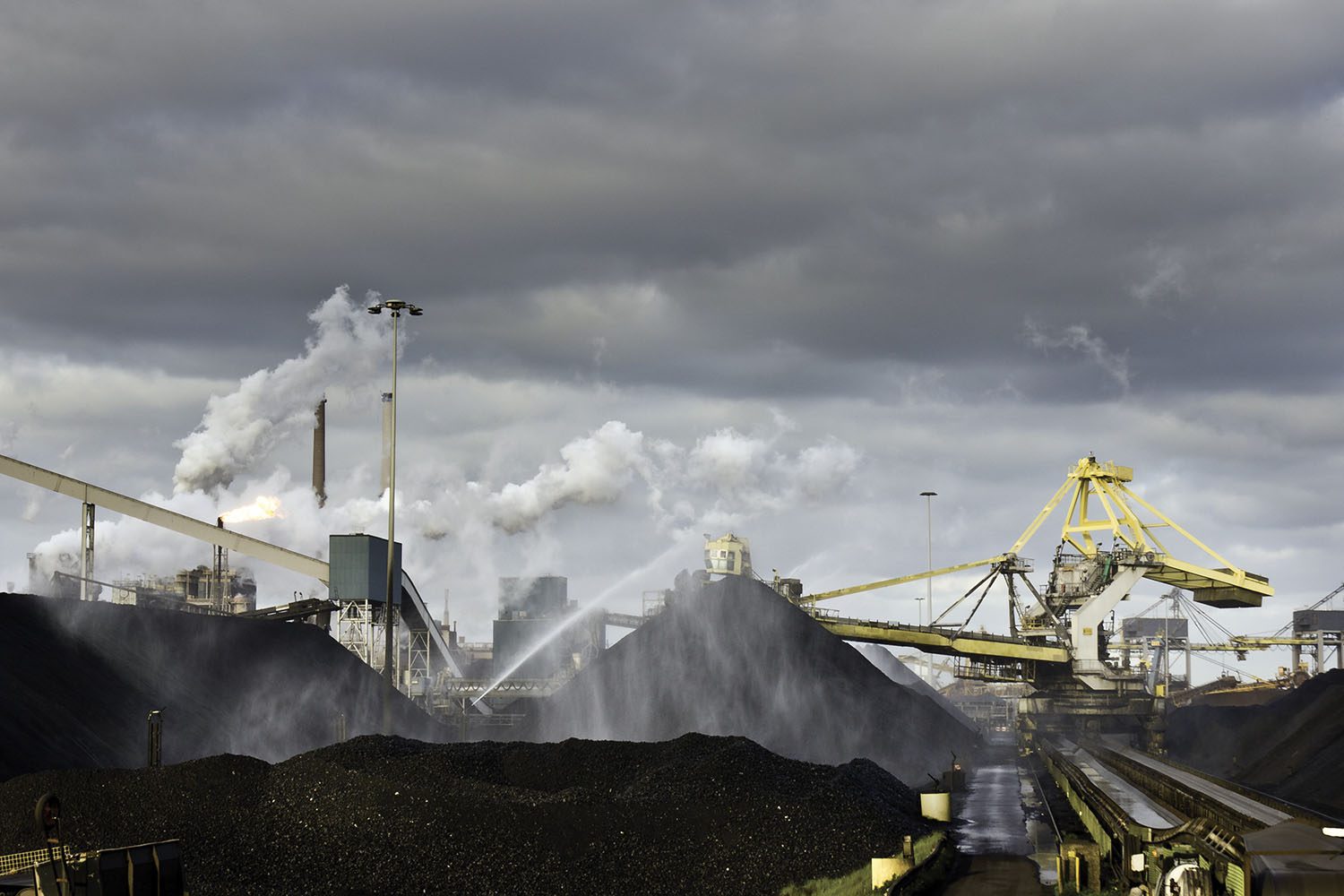
However, such is the threat posed by benzene, the WHO has categorised it as a major public health concern, not least because fatal diseases such as cancer and aplastic anemia have been linked to human exposure.
Being able to accurately measure and monitor benzene levels is, therefore, critical to ensuring safe working and living conditions for large numbers of people.
There are several benzene monitoring sensors based on a variety of techniques available on the market, but they all have imperfections. For example, the most popular sensors are based on gas chromatography and mass spectrometry, however, these devices are typically bulky, expensive and require periodic calibration. They also require extractive gas sampling, meaning the typical measurement time can be up to a few minutes, which in many real-world applications is too long.
Meanwhile, smaller and cheaper sensing solutions typically lack the needed levels of selectivity and sensitivity, with moisture also having a degrading impact on performance, this being a problem for sites in humid parts of the world.
As a result of these issues, the US Environmental Protection Agency (EPA) has recently stated that there is an urgent demand for new and improved benzene sensors. Our involvement in developing a superior alternative arose from a meeting with Saudi Aramco’s Environmental Protection department a few years ago. Representatives asked whether we could help produce a solution that is highly sensitive (parts per billion), selective, moisture resistant, and portable.
We knew that laser-based sensors were the answer. Using our vast experience developing laser sensor solutions, we developed a lab prototype that we believe can perform in the field.
The sensor is based on a distributed feedback inter-band cascade laser operating near a wavelength of 3.3 µm and off-axis cavity-enhanced absorption spectroscopy. Furthermore, a multidimensional linear regression algorithm was applied to enable benzene measurements in the presence of interfering species, such as ethylene, methane and water vapour.
“we have been able to achieve a minimum detection limit of two ppb for benzene at an integration time of six seconds”
We have been able to achieve a minimum detection limit of two ppb for benzene at an integration time of six seconds. This means the sensor can be used to detect tiny leaks of benzene in petrochemical facilities, and monitor air quality in residential and industrial areas, with its performance being proven on samples collected from numerous locations such as fuel stations and parking garages, as well as ambient air.
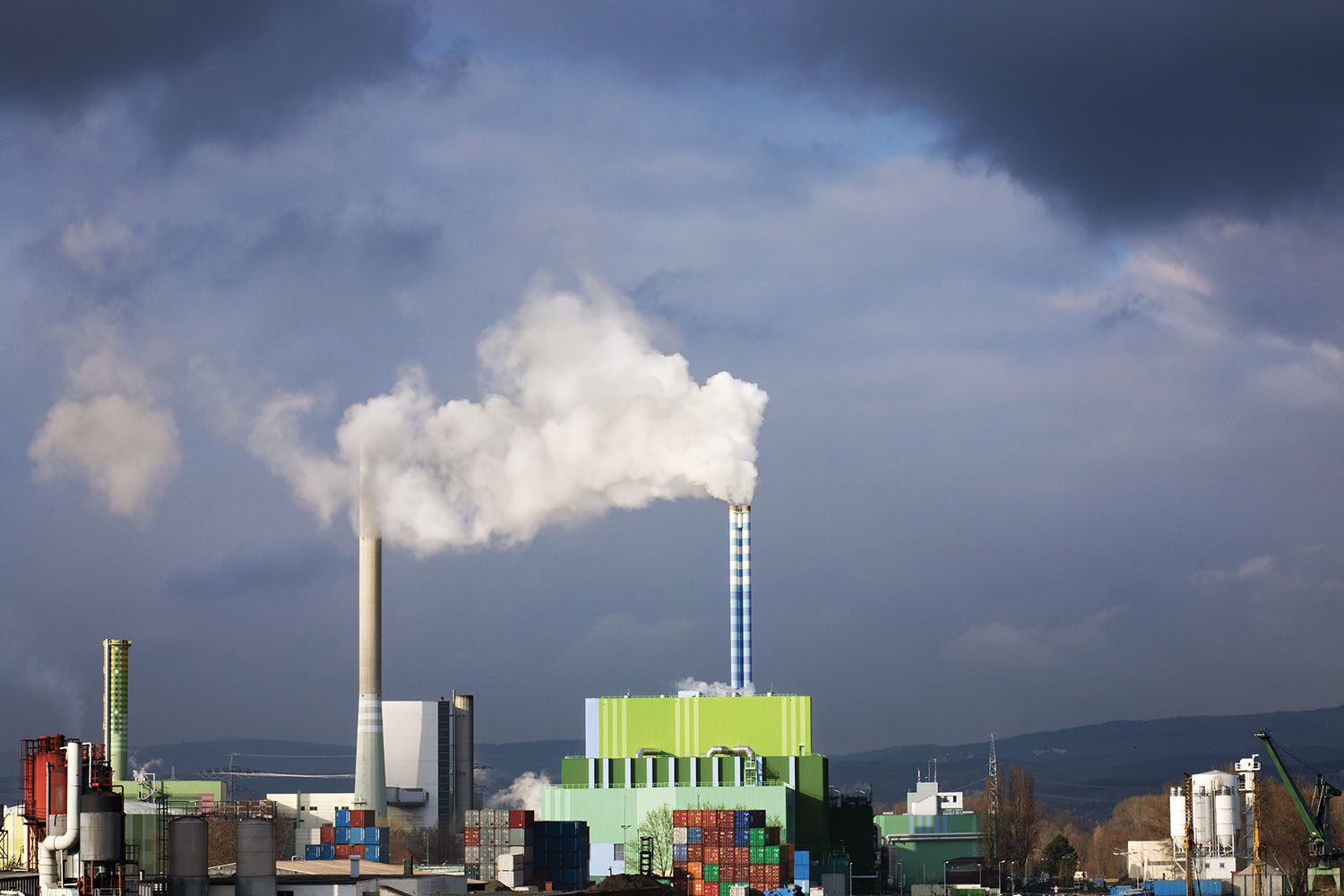
Although the pandemic has caused delays, we are now in the phase of converting the prototype into a portable version that can be used in the field. Working with an external partner, we’re also looking at how the sensor can be attached to drones to carry out aerial monitoring activities.
In addition to benzene monitoring, our KAUST colleagues have been busy across a number of other areas relating to air quality.
For example, Dr Mani Sarathy, associate professor of chemical engineering at KAUST, in collaboration with Zhandong Wang, now a professor at the University of Science and Technology of China, has been exploring how volatile alkanes can rapidly acquire oxygen atoms in a free radical chain reaction4, a process significant for fuel combustion and air pollution. The team used a state-of-the-art analytical technique — chemical ionisation atmospheric pressure interface time-of-flight mass spectrometry — to show that alkanes participate extensively in autoxidation reactions with oxygen molecules, a discovery that goes against conventional chemical wisdom.
The findings deepen our understanding of autoxidation processes, which, in turn, will enable better predictive simulations of combustion engines and atmospheric processes that impact air quality and climate.
Meanwhile, another breakthrough piece of research conducted by colleagues at the Clean Combustion Research Center has revolved around reducing soot with DC electric fields.
The effects of electric fields on non-premixed ethylene flames in a counterflow burner were studied experimentally with a focus on the reduction of soot particles. The study proved that soot particles were reduced significantly by applying negative voltages.
In terms of our more global-oriented work , in January this year the CCRC signed an agreement with Saudi Aramco Base Oil Company – Luberef to create a joint venture startup that will commercialise KAUST intellectual property to remove harmful sulphur from hydrocarbons.
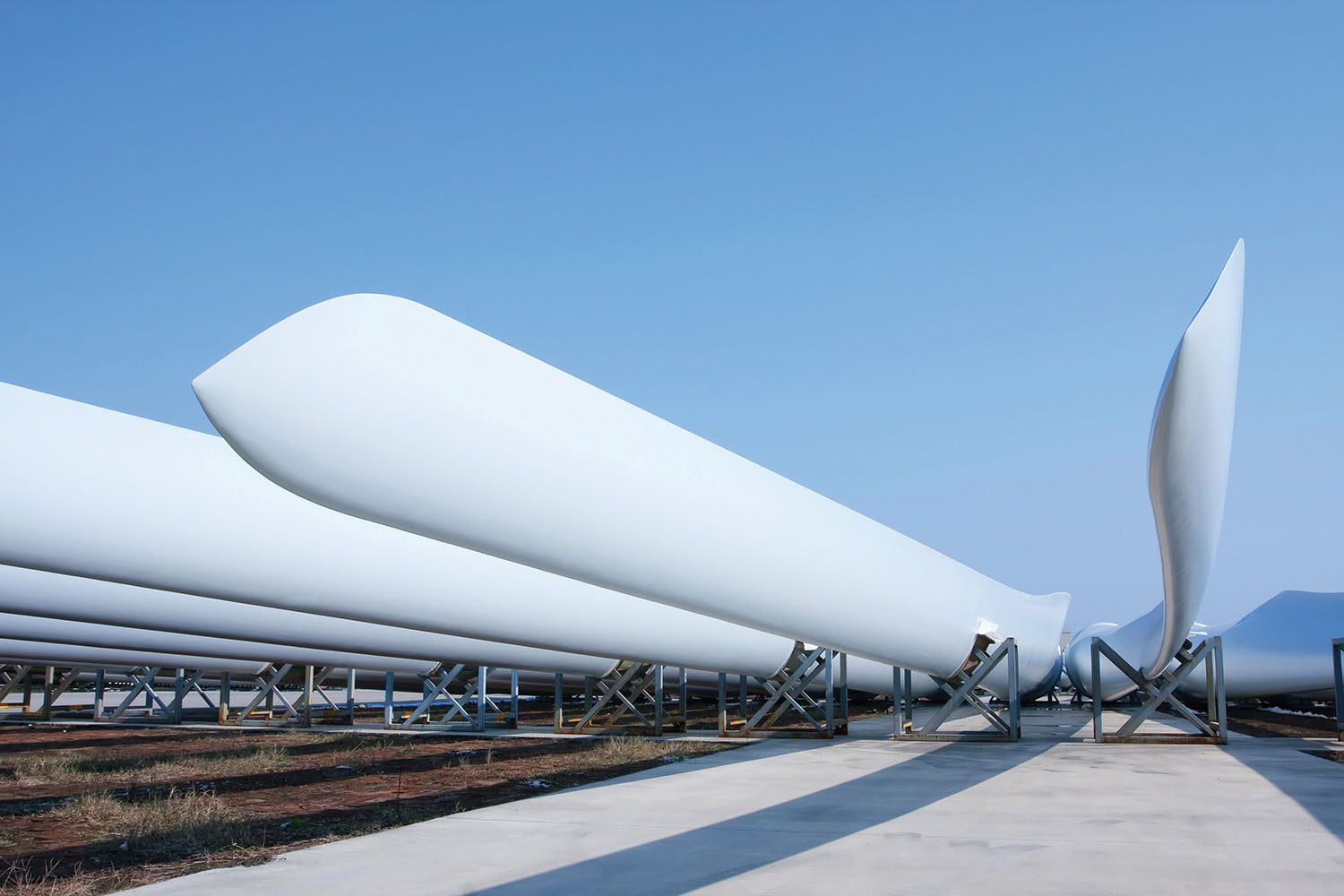
Emerging Solutions Commercial Company, operating under the name uODS, will work with Luberef I to develop and deploy the desulphurisation technology. The solution is built upon basic research in sonochemistry pioneered at the CCRC. It enables the reduction of sulphur in marine fuels, meeting International Maritime Organzation (IMO) 2020 regulations without the need to consume valuable hydrogen. Moreover, another benefit of the process is that it is able to operate at low temperatures and atmospheric pressure.
“the solution is built upon basic research in sonochemistry pioneered at the CCRC”
As with our development of the laser-based benzene monitoring solution, we are seeking to translate our research into applications that are used in the real world.
Demonstrating the uODS technology at scale will be a milestone achievement in Saudi Arabia’s efforts to drive the energy industry forward on an environmentally friendly footing and ensure that oil has a more sustainable future.
Speaking of sustainable futures, KAUST is excited to be playing a role in the development of Saudi Arabia’s futuristic new project, NEOM.
Designed as a fully automated megacity on a scenic stretch of the Red Sea coast in the northwest of the country, the $500 billion initiative promises to serve as a hub for education, healthcare, culture, business and technology based on renewable energy and green infrastructure.
Monitoring and controlling air pollution is a critical consideration for the megaproject, and central to this is the ability to understand air quality and meteorological conditions over the NEOM development area, which lies near the borders of Egypt and Jordan.
This is no easy task. In regions such as the northern Red Sea coast where air quality measurements are sparse, modelling air quality and building an understanding of the processes by which airborne pollutants are accumulated and dispersed is challenging.

The findings were positive. Although natural dust storms can occur in the summer months, the research team found that air quality over NEOM is generally very good. The major factor determining the spread of pollutants is differential heating over land and sea, which drives changes in wind direction.
As NEOM develops in the years and decades ahead, it will be with tremendous interest that we observe air quality in the area. This work gives us a crucial head start in monitoring air pollution, capabilities which could ultimately help to make the area healthier for those living and working there.
Our work on air pollution continues to take many forms across many projects. These are among the initiatives that we have had the privilege of contributing to in recent times.
References
1. https://www.who.int/health-topics/air-pollution
2. https://www.imperial.ac.uk/news/229233/long-term-pollution-linked-greater-risk-covid-19
3. https://discovery.kaust.edu.sa/en/article/608/how-extreme-weather-exacerbates-air-pollution
4. https://discovery.kaust.edu.sa/en/article/1091/giving-oxygen-to-the-question-of-air-quality